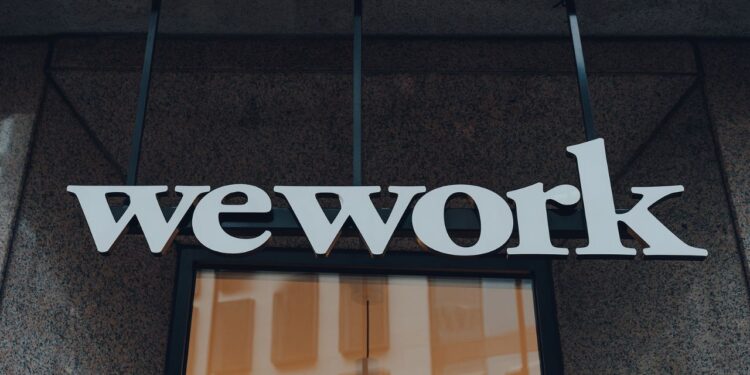Despite WeWork’s efforts to mend its reputation, the company’s postponement of profitability has left investors on edge.
In 2021, CEO Sandeep Mathrani said that he expected the operator to reach profitability by the end of 2022. As that goal seemed more unlikely, the forecast was pushed to late 2023 as its stock continues to fall.
This trajectory suggests that bankruptcy could be on the horizon, but WeWork isn’t giving up just yet.
WeWork trudged through 2022 and attempted to right size its network, closing 40 under-performing locations and shaving down its quarterly losses. However, after Fitch Ratings downgraded the company from a CCC+ to CCC, the threat of default became a central focus in discussions about WeWork’s future.
Several factors are serving as roadblocks to WeWork’s profitability, including tech layoffs, leasing slumps and its core business model.
WeWork’s promise of offering an alternative workplace solution in the post-pandemic era has been hindered by growing interest rates and recession fears. As a result, the company’s leasing has slowed as its most reliable customers in the tech industry face their own economic hurdles.
But perhaps the biggest problem with WeWork has been its Achilles’ heel since the beginning: the return made on subleasing is simply unsustainable. When considering the cost of marketing, management, sales and operations, any potential earnings are flushed down the drain.
While this appears to be a grim outlook for the coworking firm, not all is lost for the company because its circumstances aren’t exactly unique. A recession threatens most, if not all businesses participating in an economy, particularly as companies and consumers pull back on their spending.


 Dr. Gleb Tsipursky – The Office Whisperer
Dr. Gleb Tsipursky – The Office Whisperer Nirit Cohen – WorkFutures
Nirit Cohen – WorkFutures Angela Howard – Culture Expert
Angela Howard – Culture Expert Drew Jones – Design & Innovation
Drew Jones – Design & Innovation Jonathan Price – CRE & Flex Expert
Jonathan Price – CRE & Flex Expert













